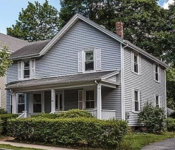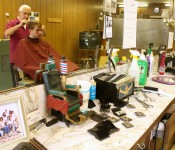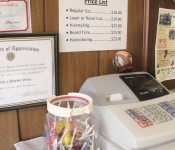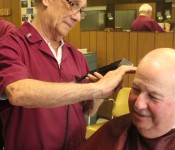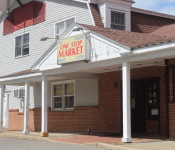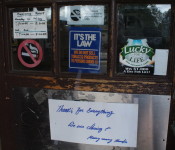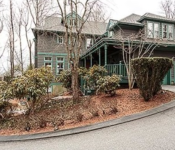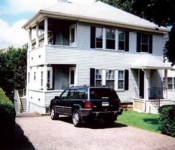• Belmont Police Department Lt. Kristin Daly, joined by representatives from the Massachusetts Bankers Association and Springwell, will present a timely lecture on “Preventing Fraud” at the Beech Street Center on Tuesday, June 24, from 1:15 p.m. to 2:15 p.m. Learn about the types of scams and fraud that exist and financial exploitation of seniors. Get practical advice about how to prevent becoming a victim.
• The School Committee will meet on Tuesday, June 24 at 7:30 p.m. at the Chenery Middle School, 95 Washington St. to discuss and vote whether to accept using the Partnership for Assessment of Readiness for College and Careers (PARCC) test in place of the MCAS test to assess Belmont students’ learning progress.
• The Belmont Public Library is providing one-on-one Digital Library Help on 11 a.m. to 11:30 a.m. in the Reference Room. Learn how to download eBooks from the library and set up a device. Get started with Zinio to read free digital magazines. E-mail and Internet basics, social media, or basic computer skills. Registration is required; register online or call 617-993-2870 to register by phone. Some services require downloading an app. Please come prepared with your Apple ID, Adobe ID, Amazon Account information or other password and log in information for your device.
• On Thursday, June 26, the Belmont Public Library will be holding a “Create Your Own Comics” for kids 10 and up with cartoonists Veronica and Andy Fish. Learn about comics history, character design and the comic creation process. Leave with material and resources to create your own comic. It takes place from 3 p.m. to 4:30 p.m. in the Assembly Room. Those interested can sign up here.
• The Planning Board will meet with the Underwood Pool Building Committee on Thursday, June 26, at 7 p.m. at Town Hall on parking issues at the new pool complex.
• Friday, June 27 is a staff development day at the Belmont Public Library staff. The library will be closed to the public from 9 a.m. to 1 p.m. The library will be open to the public from 1 p.m. to 5 p.m.

